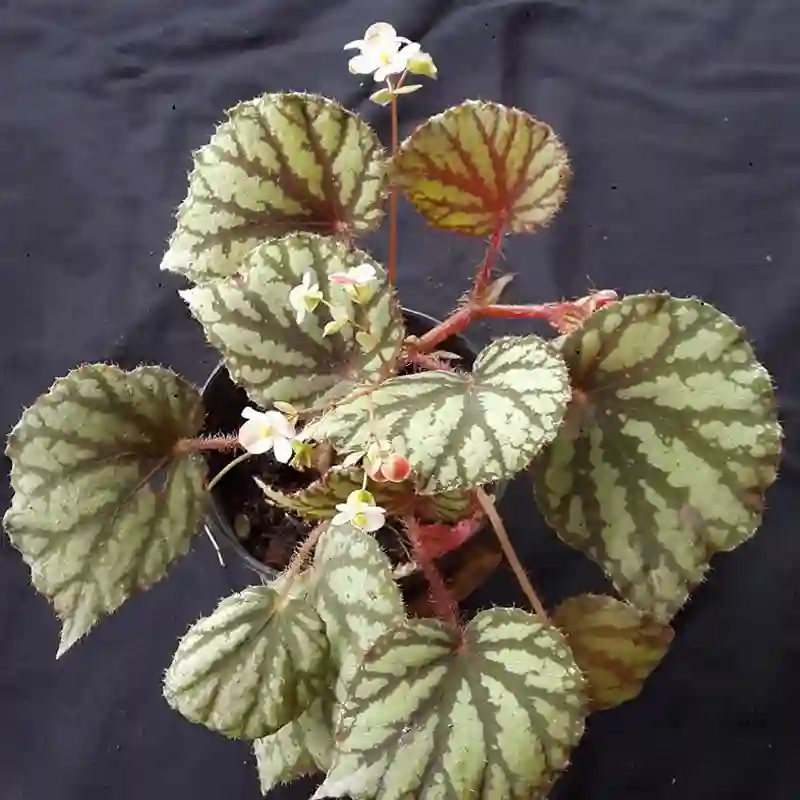
FAQs About Tulipa Sylvestris
Tulipa Sylvestris, commonly known as the wild tulip or woodland tulip, is a charming and resilient species that brings a touch of wild beauty to any garden. I’ve spent quite a bit of time growing and caring for these lovely flowers, and I’d like to share some insights on the most frequently asked questions about them.
97 Species in Genus Tulipa – Tulip Flower
What is Tulipa Sylvestris?
Tulipa Sylvestris is a species of tulip native to Europe and parts of Asia. Unlike the larger, more flamboyant tulips we often see in gardens, Tulipa Sylvestris is known for its delicate, smaller blooms. These tulips typically feature bright yellow petals with a reddish stripe and are often found growing in naturalized settings. They are well-adapted to a variety of conditions, making them a great choice for adding a splash of color to more informal or wild gardens.
How to Care for Tulipa Sylvestris?
Caring for Tulipa Sylvestris is relatively straightforward. These tulips thrive in well-drained soil and prefer a sunny to partially shaded location. Here are a few tips I’ve found helpful:
- Planting: Plant the bulbs in the fall, about 4 to 6 inches deep. Space them 4 to 6 inches apart to allow for their natural spread.
- Watering: Water them well after planting, but avoid waterlogging. Once established, Tulipa Sylvestris is quite drought-tolerant.
- Fertilizing: Apply a balanced, slow-release fertilizer in early spring as new growth appears.
- Maintenance: Remove spent flowers to prevent seed formation and allow the foliage to die back naturally to nourish the bulb for the next season.
How to Propagate Tulipa Sylvestris?
Tulipa Sylvestris can be propagated mainly through bulb division. Here’s how I’ve successfully done it:
- Timing: Wait until the foliage has completely died back in late spring or early summer.
- Digging Up: Carefully dig up the bulbs, avoiding damage to them.
- Separation: Separate the offsets or smaller bulbs from the main bulb.
- Replanting: Replant the bulbs immediately or store them in a cool, dry place until fall.
What to Plant With Tulipa Sylvestris?
Tulipa Sylvestris pairs beautifully with other spring-flowering plants. I’ve had success combining them with:
- Narcissus (Daffodils): Their bold, bright blooms contrast nicely with the delicate Tulipa Sylvestris.
- Brunnera (False Forget-Me-Not): The blue flowers of Brunnera create a charming contrast.
- Perennials: Plants like sedums or hostas can provide a lush background once Tulipa Sylvestris fades.
Is Tulipa Sylvestris Toxic?
Tulipa Sylvestris is mildly toxic if ingested, much like other tulip species. While it’s not highly poisonous, it can cause nausea or stomach upset if consumed in large quantities. It’s best to keep an eye on pets and children to avoid any accidental ingestion.
Benefits of Tulipa Sylvestris
One of the major benefits of Tulipa Sylvestris is its naturalizing ability. Once established, it can spread and reappear year after year with minimal intervention. This makes it an excellent choice for creating a low-maintenance garden. Additionally, its early spring blooms provide a welcome splash of color after the long winter months.
Common Problems with Tulipa Sylvestris
While generally hardy, Tulipa Sylvestris can encounter a few issues:
- Pests: Watch out for aphids and slugs, which can sometimes damage the foliage.
- Disease: Bulb rot can occur if the soil doesn’t drain well. Ensure proper drainage to avoid this problem.
- Fading Blooms: If the blooms don’t last as long as expected, it might be due to too much shade or inadequate watering.
Comparing Tulipa Sylvestris with Other Tulips
Tulipa Sylvestris often gets confused with its larger cousins, like Tulipa Triumph or Tulipa Darwin Hybrid. Unlike these, Tulipa Sylvestris has smaller, more delicate flowers and is better suited to naturalized settings rather than formal garden beds. It’s also more drought-tolerant and can handle a wider range of soil types.
Summary
Tulipa Sylvestris is a wonderful addition to any garden, offering beauty and resilience. With proper care, it can naturalize and bring joy for many years. Whether you’re a seasoned gardener or just starting out, incorporating Tulipa Sylvestris can enhance your garden’s appeal and provide a lovely early spring display.
If i die, water my plants!



